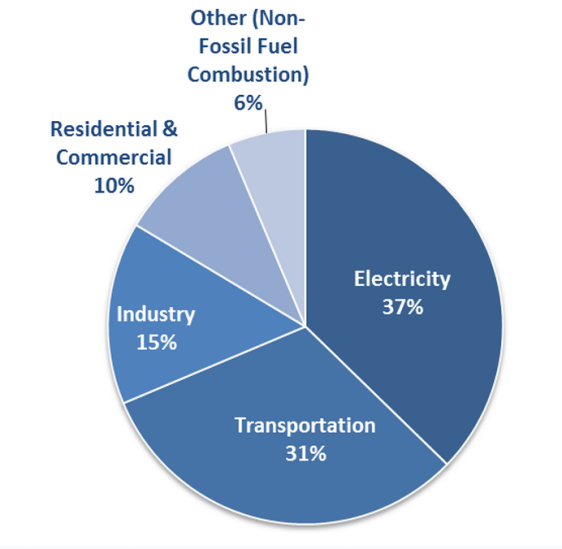Division of workspace if you are in a co-working hub is fairly straightforward but if you are sharing your home then things might not be so clear. Marleen Clover has written a post for us on the dos and don’t when remote working from a shared flat. Marleen works as a marketing assistant at Timeo. She has a background in business administration and management and loves reading poetry and fiction.
***
In a perfect world, everything works according to our exact needs. This isn’t always the case when you have roommates. You may be saving up to get a place of your own, but you won’t get very far if you can’t get any work done. Compromise and strategy are key to building an environment where you can work remotely with the least amount of distraction and disturbance.
Make a Map of Schedules
Be aware of your roommate(s) work schedule and plans outside of work. If you can, try to invert that schedule when creating your own. If you need peace and quiet from a noisy roommate, or you need to prevent being tempted from chatting it up, you’ll find it easier to do your work when you know you’ll have the place to yourself. Assuming your roommate does not work remotely like you do, they will likely have a set work schedule where they’re coming and going at specific times. If they don’t work your standard nine-to-five job, these hours may change from day to day. It will require some flexibility on your part, but you likely have more leniency than they do.
Set Up in the Right Location
You need to have some kind of work station. In most cases, it will all fit on top of and inside of a desk. Placing this desk strategically will help you get your work done. Try not to place it in common areas or open spaces that receive a lot of traffic. If your flat already has a designated office area or spare bedroom, this is a no brainer. If your roommate uses the kitchen and living areas very frequently, you’ll want to avoid setting up there. If you need to, you can always set up your work station in your bedroom. Some people who work from home have revamped very large storage closets or walk in pantries into micro-offices. If you happen to have one that’s not being used, repurposing and optimizing your storage can make this option a possibility.
Balance Entertaining and Being Considerate
A little compromise will go a long way. Talk to your roommate about what times and days are best for entertaining company. Should a special occasion be on the way, make sure you clear it with each other far enough in advance. If your roommate is going to have some friends over for board games, the sounds of the good time they’re having will undoubtedly distract you, and likely make you wish you were doing something else. If he or she is having family over for a meal and you’re stowed away working, you wouldn’t want to seem rude. It’s all about balancing time.
Measuring Decibels
When you’re working from home, you need to be able to hear yourself think. If the area you’re working with contains a TV or stereo, or shares a wall with a room that does, this can potentially become frustrating. Figure out what volumes you can and can’t work with, and at what time volume adjustments need to be made. If for some reason, you can’t come to an agreement, or the walls are simply very thin, you’ll need to have a backup plan. If your work doesn’t involve constantly being on the phone or on Skype, invest in a decent pair of headphones. Listen to relaxing sounds or white noise to cancel out the interfering sounds. They won’t distract you, and they may even improve your focus and productivity.
Review Your Options
At some point in your co-habitation, you might discover that while some of your roommates are excellent co-workers, others simply disrupt your work and make you less productive. If you’ve got a few friends with whom you like to co-work, it might be a good idea to get a place together. Imagine a collective of remote workers living together – they’ll understand each other’s needs perfectly. Have a look at services like Gumtree to check apartment rent offers and you might just stumble upon a place that would be perfect for you and 2 or 3 of your freelancing friends.



























